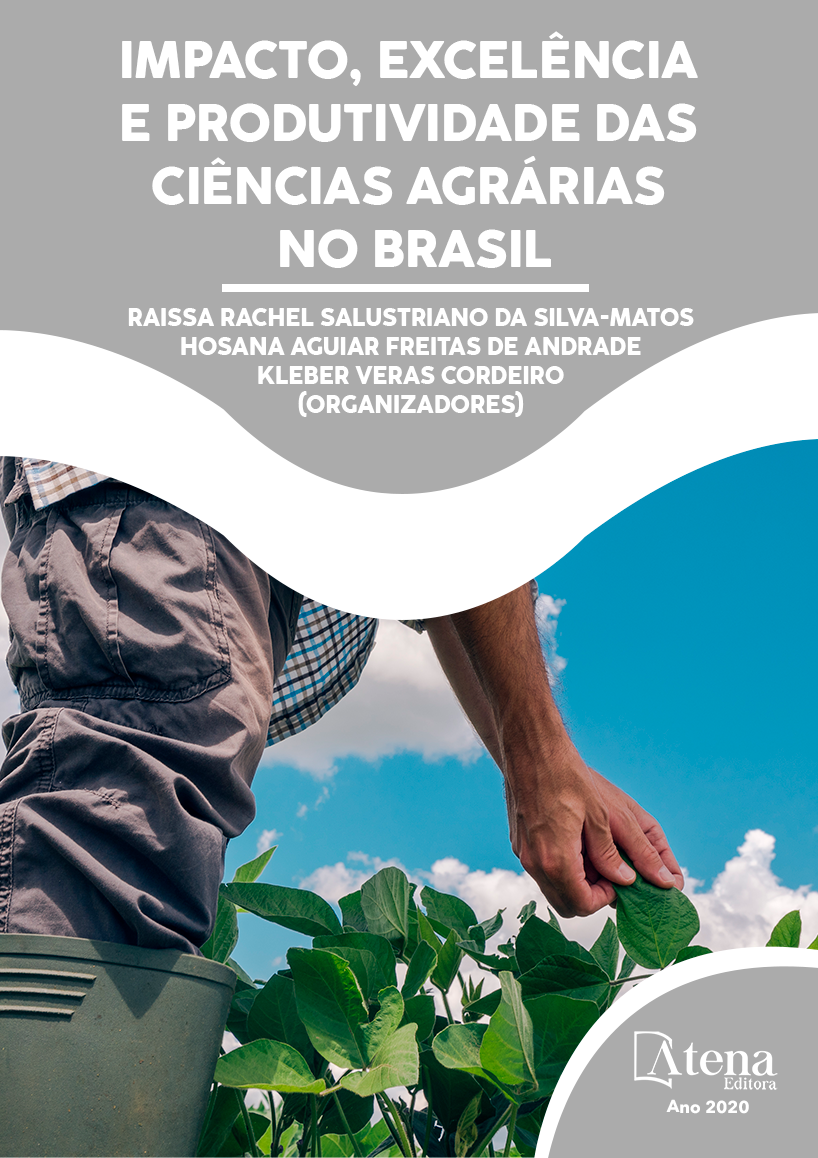
ANALÍSE DO DESENVOLVIMENTO DO BARUZEIRO EM UNIDADE DEMONSTRATIVA NO VALE DO URUCUIA: ADUBAÇÃO ORGÂNICA, QUÍMICA E HIDROGEL
O objetivo deste trabalho foi avaliar a sobrevivência e o desenvolvimento do baru comparando o efeito da utilização do hidrogel, adubação química e a adubação orgânica em área do cerrado no Campus Arinos do Instituto Federal de Educação, Ciência e Tecnologia do Norte de Minas Gerais. Para a produção de mudas foi utilizada a semeadura em tubetes de 120 cm3 preenchidos com substrato comercial Plantmax HA®. O tempo de formação das mudas foi de 90 dias aproximadamente, as mesmas foram produzidas no viveiro do setor de produção, utilizando tela sombrite com 50% de sombreamento. O delineamento utilizado foi o inteiramente casualizado (DIC), com cinco tratamentos e quatro repetições. O espaçamento utilizado foi 7 m x 7 m em uma área de meio hectare (0,5 ha), em esquema fatorial 2 X 2 (dois tipos de fertilizações x presença ou ausência de polímero hidro retentor). Os tratamentos consistiram em sem adubação ou hidrogel (T0), adubação orgânica associada com o hidrogel (T1), adubação química associada com o hidrogel (T2), adubação orgânica sem o hidrogel (T3), adubação química sem o hidrogel (T4). Conclui-se que esses tratamentos não influenciaram no crescimento, nem na sobrevivência das espécies, necessitando da continuidade do estudo para um período maior por se tratar de uma espécie florestal.
ANALÍSE DO DESENVOLVIMENTO DO BARUZEIRO EM UNIDADE DEMONSTRATIVA NO VALE DO URUCUIA: ADUBAÇÃO ORGÂNICA, QUÍMICA E HIDROGEL
-
DOI: 10.22533/at.ed.75120020410
-
Palavras-chave: Cerrado, Mudas, Recuperação de áreas degradadas.
-
Keywords: Cerrado, Seedlings, Degraded areas recovery.
-
Abstract:
The objective of this work was to evaluate the survival and the development of baru (Dipteryx alata) by comparing the effect of the use of hydrogel, chemical and organic fertilizations in the cerrado area at the Arinos Campus of the Federal Institute of Education, Science and Technology of Northern Minas Gerais. For the production of seedlings, it was used the sowing in 120cm3 tubes filled with Plantmax HA® commercial substrate. The time of formation of the seedlings was approximately 90 days. They were produced in the seedling nursery of the production sector, using a shade screen with a 50% shading value.A completely randomized design (CRD) was used, with five treatments and four replications. The spacing used was a 7m x 7m on an area of half a hectare (0.5 ha), in a 2 X 2 factorial scheme (two types of fertilization x presence or absence of hydro-retaining polymer). The treatments consisted of: without fertilization or hydrogel (T0), organic fertilization associated with hydrogel (T1), chemical fertilization associated with hydrogel (T2), organic fertilization without the hydrogel (T3), chemical fertilization without the hydrogel (T4). One concludeds that these treatments did not influence the growth, nor the survival of the species, which requires the continuity of the study for a longer period since it is a forest species
-
Número de páginas: 15
- Millene Cristine Sales da Mota Carvalho
- Flávio Lucrécio da Silva Borges
- Alair Rodrigues Mendes
- Náira Ancelmo dos Reis
- Etiago Alves Moreira
- Maria Isabel Dantas Rodrigues
- Francisco Valdevino Bezerra Neto
- Dhiego Bruno Batista Ramos
- Matheus dos Santos Pereira
- Gabriel Muller Valadão
- Amanda Gonçalves de oliveira


